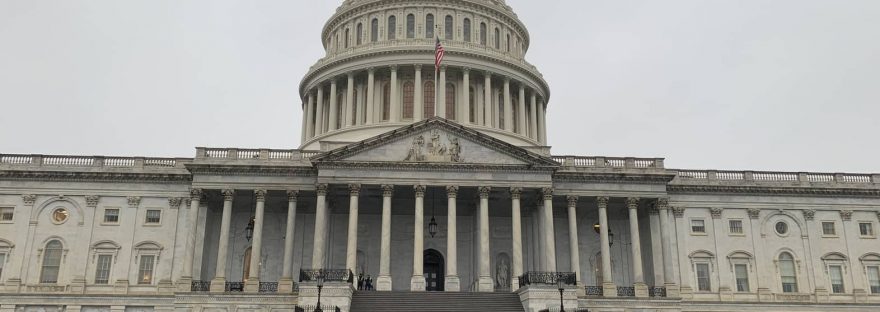If you’ve never attended Headache on the Hill, your first time can be a little intimidating. Knowing what to expect goes a long way toward reducing nervousness. Here’s what my in-person experience was like last year. Since this year will be virtual, I spoke with Katie MacDonald from the Alliance for Headache Disorders Advocacy about the differences, which I’ve noted throughout the post.
The “Ask”
The HOH leadership works ahead of time to determine what “asks” are likely to be most effective. Last year, we asked for legislators to sign onto a bill supporting funding for additional funding in training providers for the specialities of pain management and more fellowships in headache medicine. We will have different asks this year.
Pre-Event Training
Note: All training in 2021 will be virtual, of course. Some sessions will be recorded so you can watch on your own schedule, others will be live sessions so people can ask questions in real-time and work together. If you have been accepted to participate in HOH, you should have received an email with the training details.
At a webinar a week or two before we flew to Washington DC, the HOH team told us about the asks, shared background research, and gave pointers on telling our own story. Then we were told to think about our story that we’d share with legislators. (Your story should be about a minute that explains why you care about advocating for headache disorders. It doesn’t have to be perfected ahead of time, but is good to think about.) This will all be covered in the virtual training this year.
Training Day
The first day of the event last year was a training where we learned about how to make effective “asks” and practiced telling our story in small groups. This will be on either March 17 or March 20 this year. Attendees were grouped by state. Because Arizona was a large group with seasoned HOH attendees, we also had the lone person from Indiana with us. (He didn’t have to visit legislators offices on his own, an HOH volunteer worked with him, but our grouping was helpful for training.) We were given the names of the legislators we were to visit and the schedule.
We decided as a team how we wanted to frame our ask and who would speak when. At least three of us spoke at every office we visited—no one had to carry the weight on their own. If the representative from your district is one of the people you’re scheduled with, then you’ll definitely be asked to tell your story. We all introduced ourselves at every office, though, usually to say our names, where we’re from, and our connection to HOH (I said I live with chronic migraine and work as a patient advocate).
This year, it’s recommended that you try to arrange to attend the live virtual training (on March 17 or 20) with the people from your state, if possible. That way, you can have the same benefit of coordinating and learning from the expertise of previous attendees. If you don’t know who is attending, you can ask in the HOH Facebook group. (Depending on your specific meetings and how many people attend from your state, groups may be smaller than every person from the state. Exact groups won’t be known until all the meetings are scheduled.)
Meetings With Legislators
The day of, we started early. I think the first meeting was 8 a.m. Eastern time and we had to meet even earlier to catch the bus to the Capitol and take photos. (This won’t be an issue for this year’s virtual meetings, as they will be scheduled to respect the time zone participants are in.)
Then we went from one office to the next. We usually talked to the legislator’s chief of staff or their health legislative assistant. They were often young and almost all of them were kind and down-to-earth. And they were curious about our experiences and wanted to hear from us. It was comfortable and not intimidating. Most told us about someone they know with migraine, which was a great personal connection. I believe we may have even asked if they knew someone with migraine. Beforehand, we designated one person to tell their story and one person to take the lead on the ask. As the conversations went on, other people chimed in. It felt like natural conversation.
Even if you don’t get to meet with the actual member of Congress, don’t feel like you’re being snubbed! The staffers we meet with are most knowledgeable on health-related topics and their opinions carry a lot of weight with their bosses.
Post-Meeting Debriefing
After each meeting, we debriefed together and filled out a short form about who we met with and how they responded. We also had taken photos with each person we met with and shared those on social media. The post-meeting activity will be a little different this year, since it’s virtual, but the platform will still allow for it.
After All the Meetings
New this year will be a live virtual gathering after the event for everyone to share their experiences. This is a fun advantage to having a virtual HOH. After the in-person meetings, most people went back to their rooms and went to bed early. It is a long day with a lot of walking, especially for people with headache disorders. Having a chance to all connect afterward will be a great bonus.


